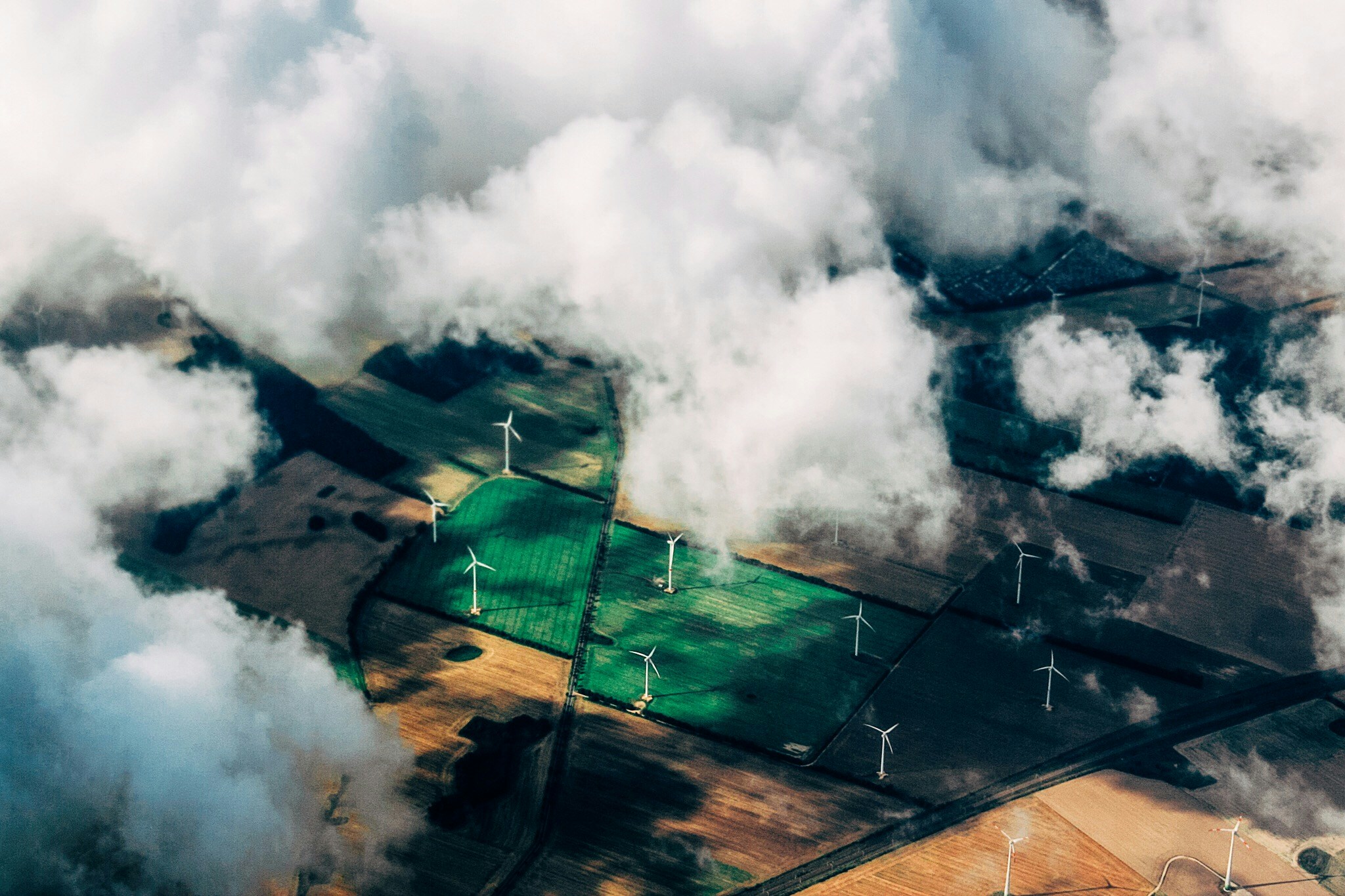
Wind energy has become a cornerstone of global efforts to transition to renewable energy sources. As the world seeks to reduce its reliance on fossil fuels, wind turbines are vital in generating clean, sustainable power. This article will explore how wind turbines work, their benefits, challenges, and their future in the renewable energy landscape.
How Wind Turbines Work
Wind turbines convert kinetic energy from the wind into mechanical power, which is then transformed into electricity. With their massive blades, these tall structures capture the wind’s energy as it flows over the blades, causing them to spin. This rotational motion drives a generator, which produces electricity.
Most wind turbines have three primary components: the rotor (blades), a nacelle (housing the generator), and a tower. The height of the building allows the blades to capture wind at higher altitudes, where wind speeds are typically stronger and more consistent. As wind passes over the blades, it creates lift (similar to how an airplane wing works), causing the rotor to spin. The generator inside the nacelle then converts this rotational energy into electricity that can be fed into the power grid.
Environmental Benefits of Wind Energy
One of the primary reasons for the growth of wind energy is its minimal environmental impact compared to traditional energy sources like coal and natural gas. Wind turbines generate electricity without emitting greenhouse gases, making them a key player in reducing the effects of climate change. Unlike fossil fuels, wind energy is renewable and inexhaustible, ensuring that it will continue to provide power as long as the wind blows.
In addition to being a clean energy source, wind turbines require less water than conventional power plants, making them suitable for areas prone to drought. The land around wind farms can still be used for agricultural purposes, preserving land use while generating power. This dual-purpose land use allows farmers to earn additional income by leasing their land for wind turbine installations.
Challenges Facing Wind Energy
Despite its benefits, wind energy has challenges. One of the most significant obstacles is wind’s intermittency. Wind turbines rely on the wind to generate electricity, and no power is produced when the wind is not blowing. This variability can challenge maintaining a consistent energy supply, especially during peak demand. Energy storage solutions, such as batteries, are being developed to store excess energy when wind production is high.
Another challenge is the impact of wind turbines on visual and noise, particularly in areas near residential communities. Some people find wind turbines aesthetically displeasing, and the noise from the spinning blades can be a concern. While technological advancements have helped reduce noise levels, balancing the need for renewable energy with community concerns remains an issue in some areas.
Economic Impact of Wind Turbines
Wind energy has become an economic driver in many regions, creating jobs and providing income for landowners. The construction, maintenance, and operation of wind farms generate employment opportunities in rural and urban areas. Moreover, as wind energy technology improves, the cost of generating electricity from wind has decreased, making it one of the most cost-effective renewable energy sources.
In rural areas, wind farms can bring substantial economic benefits by providing steady income to landowners who lease their land for turbine installations. This revenue stream supports local economies and helps stabilize agricultural communities. Additionally, wind energy can help diversify a country’s energy mix, reducing dependence on imported fuels and enhancing energy security.
The Future of Wind Energy
The future of wind energy is promising, with advancements in technology expected to make turbines more efficient and powerful. Offshore wind farms, in particular, hold great potential due to the stronger and more consistent wind speeds over the ocean. Offshore turbines can also be much larger than their onshore counterparts, capturing more wind energy and generating more electricity.
Governments worldwide are increasing their investments in wind energy to meet renewable energy targets and reduce carbon emissions. As a result, wind energy is expected to play an even more significant role in the global energy mix in the coming decades. Innovations in turbine design, energy storage, and grid integration will help overcome current challenges and ensure wind energy continues to grow as a reliable renewable power source.
Wind turbines have revolutionized how we think about energy generation, offering a sustainable, clean alternative to fossil fuels. While intermittency and visual impact exist, ongoing technological advancements and policy support are helping to overcome these hurdles. With its environmental benefits, economic advantages, and growing role in the global energy landscape, wind energy is set to play a central role in shaping a greener future. As the world moves towards more sustainable energy solutions, wind turbines will remain at the forefront of this transition, driving the shift to renewable energy for future generations.